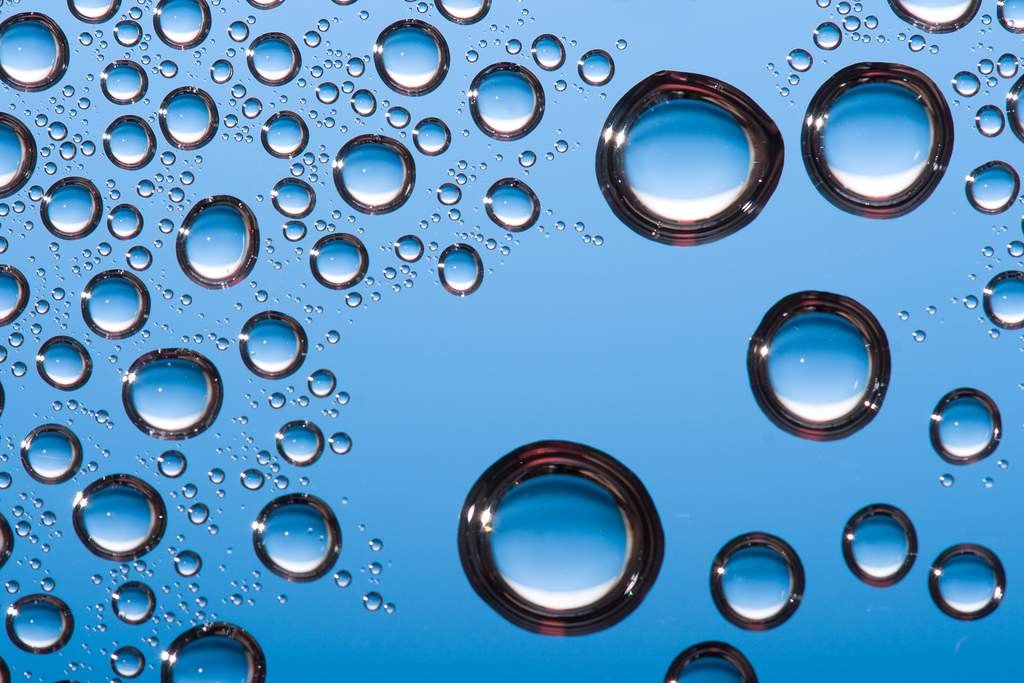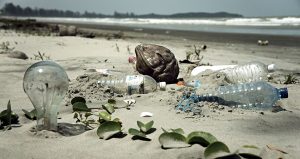Measuring nanoparticles improves water pollution tests

-
 Editorial Team
Editorial Team
Share article:
LGC, an international life sciences measurement and testing company based in the United Kingdom, recently launched water test materials to measure toxic water pollutants at nanogram-per litre levels. Three types of ready-to-use water test materials were successfully developed. These materials can contribute to the European-wide battle to improve water quality.
Together with several national measurement institutes in Europe, LGC researched new possibilities for testing. The new materials are fit for the measurement of polycyclic aromatic hydrocarbons (PAHs, fossil fuels), polybrominated diphenyl ethers (PBDEs, textile chemicals) and tributyltin (TBT, ground paint). All these substances have been identified as critical pollutants under the Water Framework Directive (WFD).
Monitoring low levels
Measuring low levels of these emerging substances is very difficult. In order to combat this, a feasibility study was launched under the European Metrology Research Programme. LGC scientists contributed to the feasibility study by characterising reference material slurries for fine particulate matter with a size below 450 nanometres (nm) and 200 nm.
Expertise
Panayot Petrov, from LGC stated: “A requirement of the WFD is that whole, non-filtered waters have to be analysed. This is because suspended particulate matter (SPM) plays a key role in the transport and fate of organic pollutants in the aquatic environment. We used our expertise in nano-particle measurement to characterise the small particles (<450 nm) present in the samples.”

















